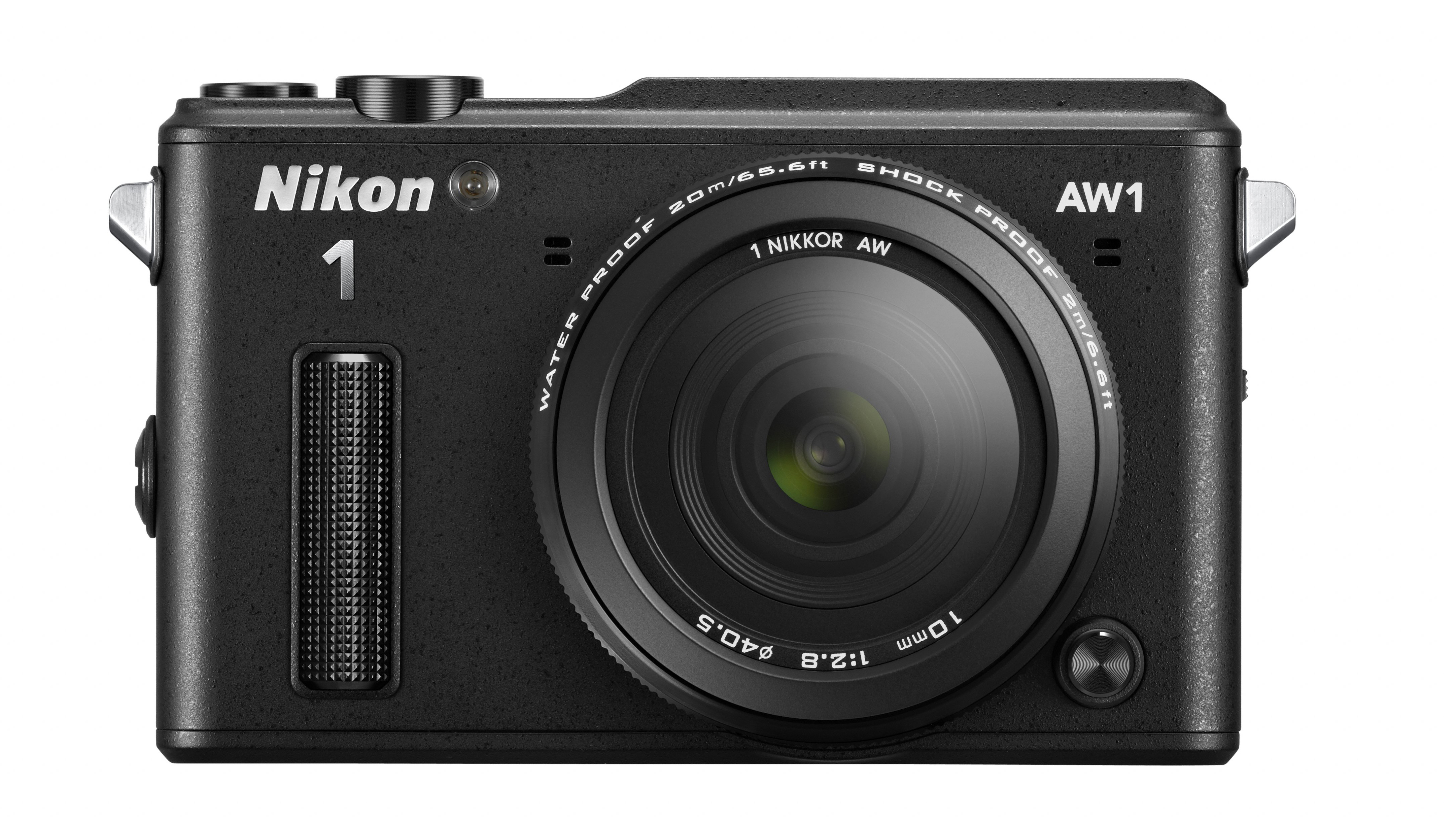Why you can trust TechRadar
A bulky, heavy camera is rarely a good thing, least of all when you're up on the ski slopes or mixing it with aquatic life forms.
Thankfully, the AW1's body is only marginally larger than the svelte dimensions of the J3, though at 357g equipped with a battery and memory card, the AW1 is around 50% heavier. This does at least give it a reassuring air of solidity, whilst the pronounced front finger-ridge and rubberised rear thumb-grip make the camera feel secure when shooting one-handed.
Controlling the AW1 is a bit of a mixed bag though. We've got no complaints with the large shutter release, power and video record buttons atop the camera, but many of the smaller rear-mounted controls are far less accessible.
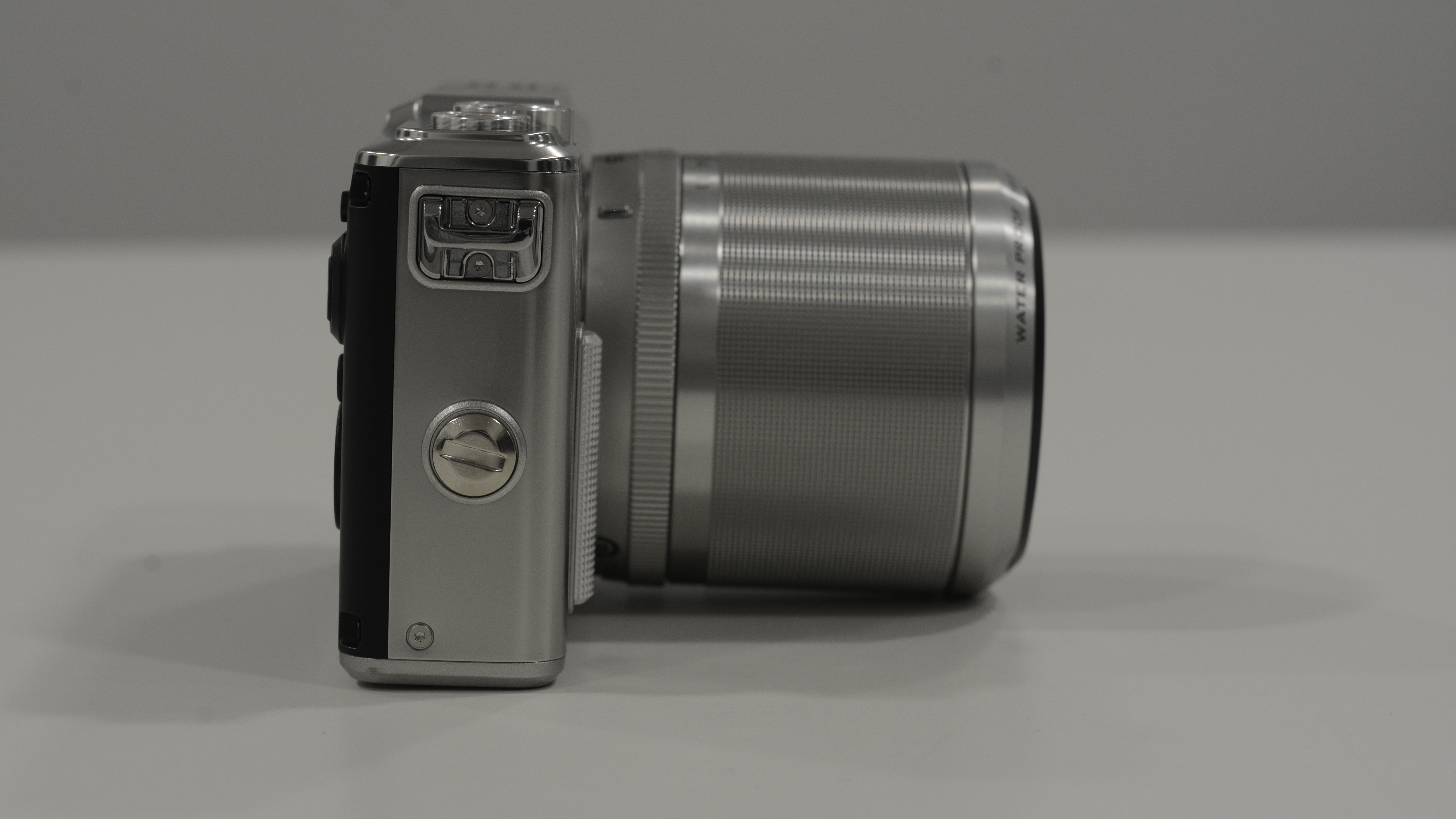
Those immediately above and below the raised thumb grip are hardest to press, especially when wearing gloves. Luckily, the AW1's Action Control feature can help you adjust basic options by simply tilting the camera.
It's also a disappointment that the AW1 lacks a dedicated mode dial, especially given this is a camera targeted at enthusiastic photographers.
It does have aperture and shutter priority modes, plus full manual control, but you'll have to hunt through two menu levels to find them and once there you'll still have to grapple with the fiddly selection buttons to make any alterations. This isn't too much hassle on dry land, but when underwater there's just no substitute for traditional dials.
Some have criticised the J3 for omitting a touch-sensitive screen, and Nikon hasn't seen fit to add one to the AW1 either. However, that's not such a bad thing since touchscreens (at least of the capacitive variety) won't work underwater. Instead, the AW1's 3-inch LCD monitor nails the basics, with good screen brightness and a high 921k-dot resolution for accurate shot composition.
Sign up for breaking news, reviews, opinion, top tech deals, and more.
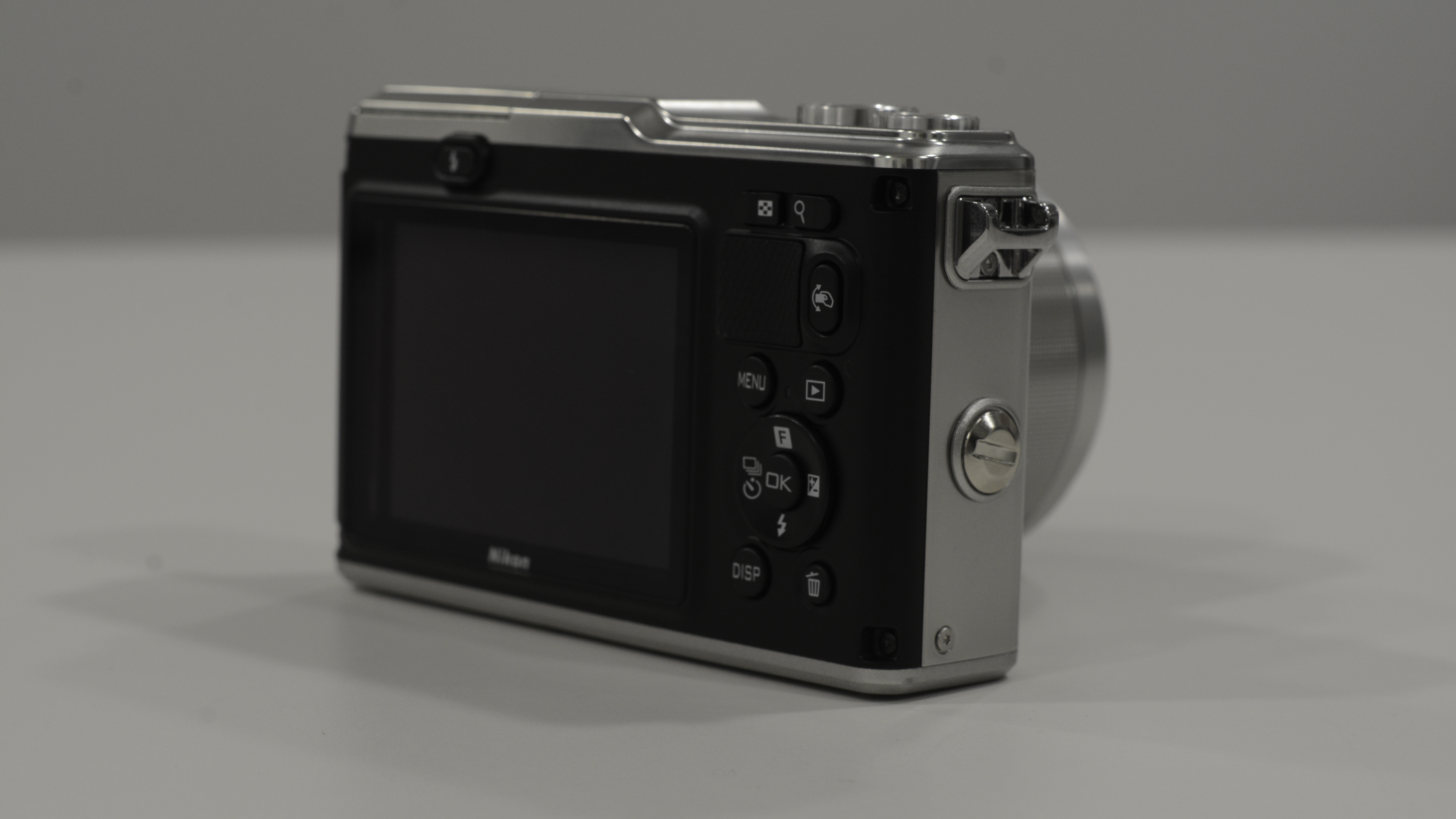
Nikon has gone to great lengths to keep water at bay, adding rubber seals between the front and rear body panels, inside the pop-up flash housing and behind all the buttons.
The flaps hiding the battery compartment and input ports are protected with more seals and are double-locked to prevent accidental opening when underwater.
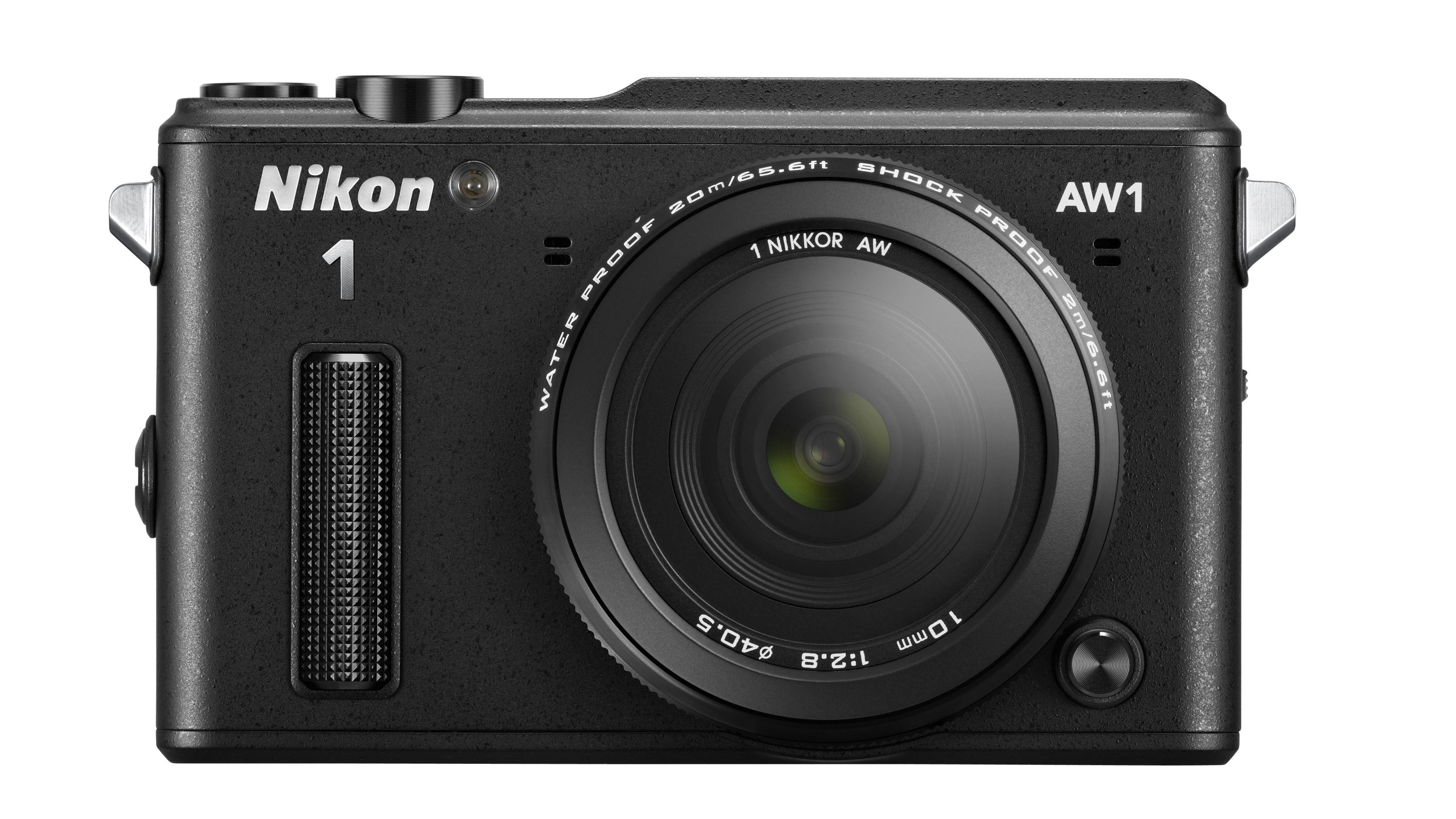
Rubber gaskets also seal the joins between the lens casing and protective front glass element, as well as the edges of the zoom ring.
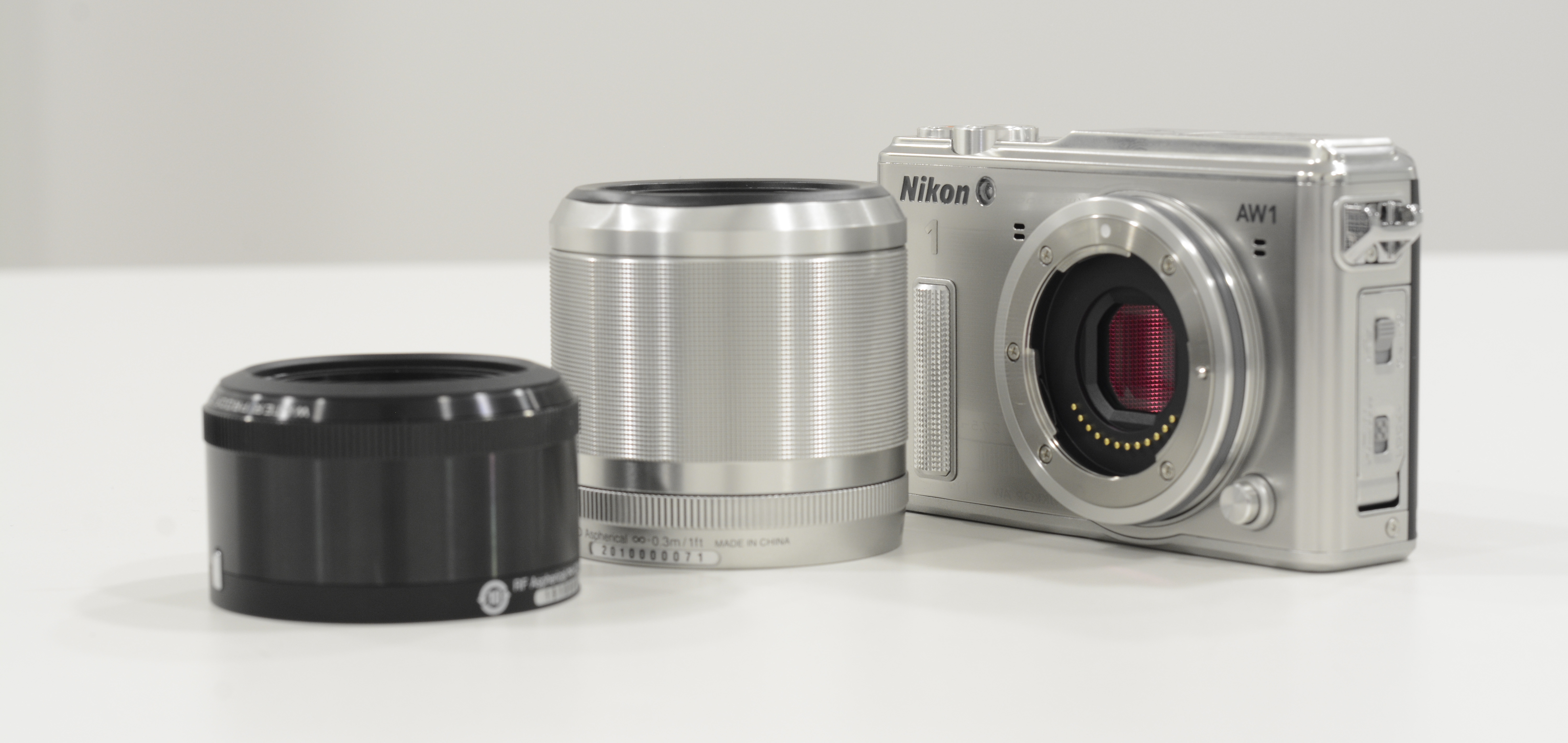
Finally, a large O-ring sits around the lens mount to prevent water seeping between the body and the lens.
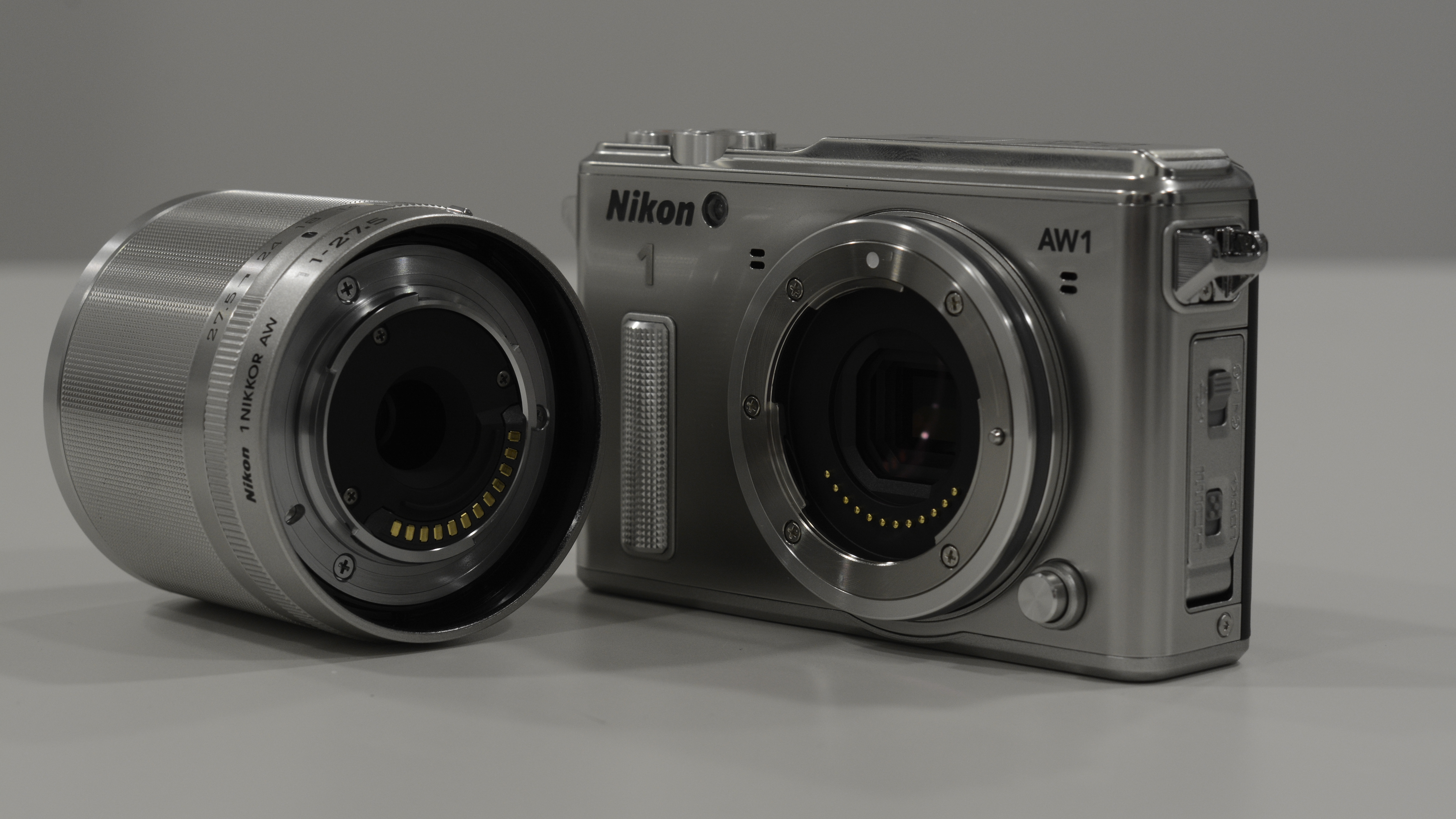
This can add considerable friction when mounting a lens, so Nikon offers silicone grease to reduce any long-term damage. Replacement O-rings are available separately should the original ever get damaged or perish.
